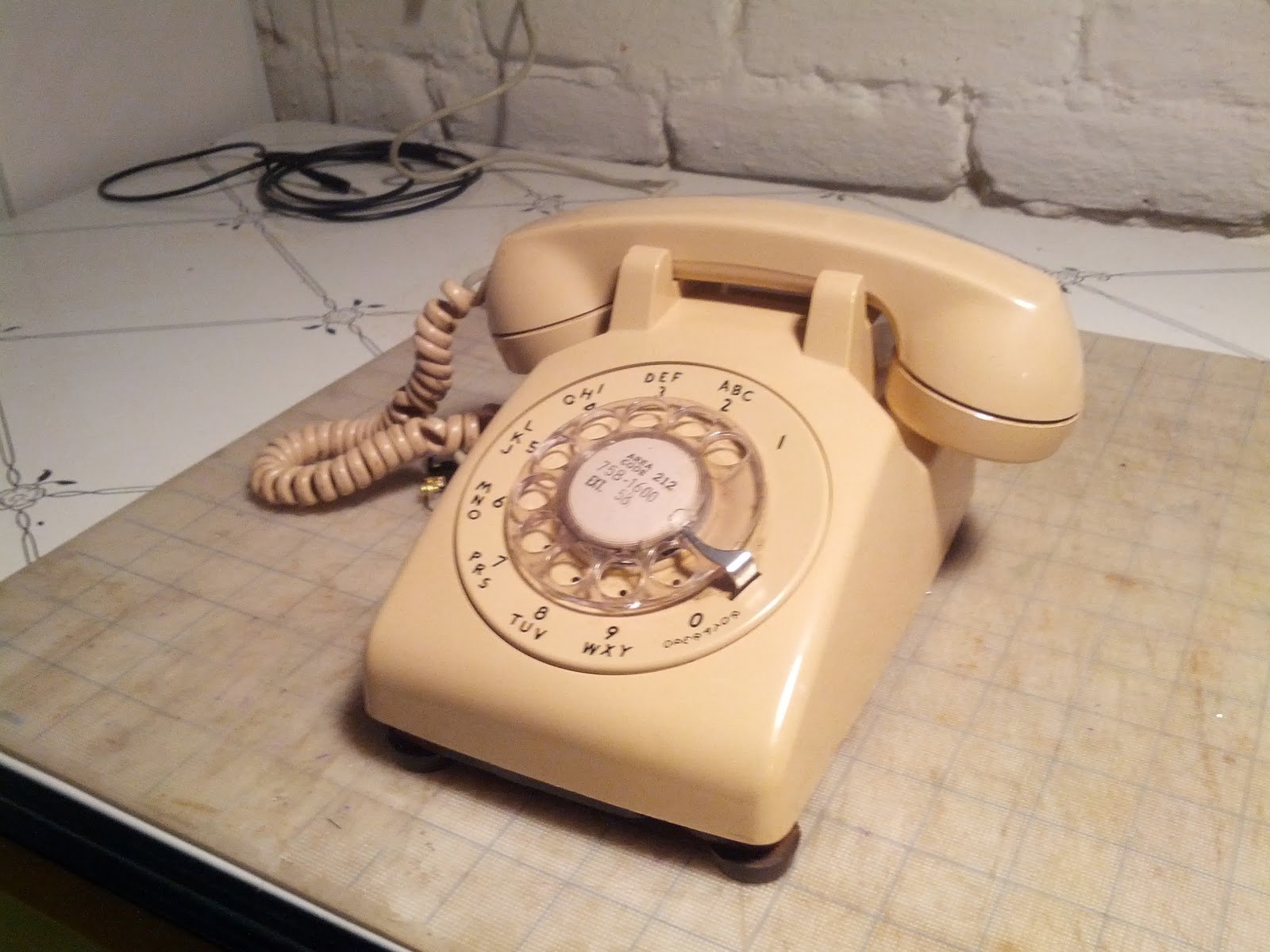Have strange, simulated conversations with this interactive sound installation. The original electronic innards of a Western Electric 500 D have been replaced with Arduino, a Rugged Circuits Audio Shield, and assorted electronics and audio cables. The Arduino Rotary Phone can be dialed, but rings intermittently — encouraging curiosity and interaction. The phone’s program can either record the user’s voice, play back previous recordings, or stream the audio input directly to the earpiece with added distortion. The result is a sometimes delightful, sometimes disturbing conversation with a computer simulation of an old telephone.
Andrew Stella is an audio engineer and sound artist who explores the intersection of sound, technology, and art.













